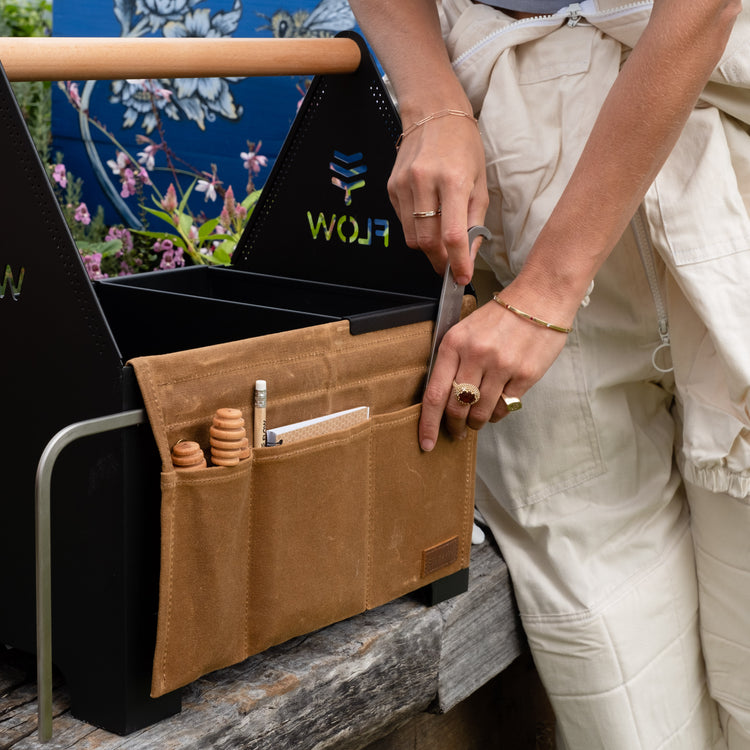Your Cart is Empty
🐝 Start this spring and save $130. Shop now 🌿
🐝 Start this spring and save $130. Shop now 🌿
As the temperature warms and daylight hours lengthen, the queen will increase her egg laying to expand her colony in readiness for the abundance of forage on offer.
As soon as the temperature is warm enough, it’s time to inspect your hive to discover how your bees fared over the colder months.
Your checklist for spring preparations:







Our customer-only bundle with our best selling hive and caddy.
Bundle Includes
• Flow Hive 2 – 6 or 7 frames
• Organic cotton suit
• Beekeeping gloves
• Flow Beekeeping Caddy
• Accessories Set (J-hive Tool, Bee Brush, Log Book and more)
• A sweet saving!
Learn more
If you’re an experienced beekeeper, you’ll know it’s time to assemble your brood frames and get your spare brood boxes built.
With warmer weather, your queen will ramp up her egg-laying which means your colony will expand. You don’t want to get caught out by a colony that’s ready to reproduce with nowhere to house them!
As things start to ramp up in the apiary, it’s a great time to check your equipment – there’s nothing worse than discovering a hole in your bee suit hood when you’re up close and personal with an open hive!
Inspect your safety equipment and make sure you have everything you’ll need coming into the new season.
Re-oil cedar hives or check to see if your Araucaria paint jobs need a new coat.
Swarming is the natural way bees reproduce and multiply, however, it’s considered good beekeeping practice to take steps to avoid. Feral colonies can pose a risk to the public, your bees, other beekeepers, and honey bee biosecurity in your country.
If your bees swarm, your colony will be reduced as will their nectar resources and your hive may be left vulnerable to pests and diseases.


Our customer service team will get back to you with an answer to your beekeeping question.